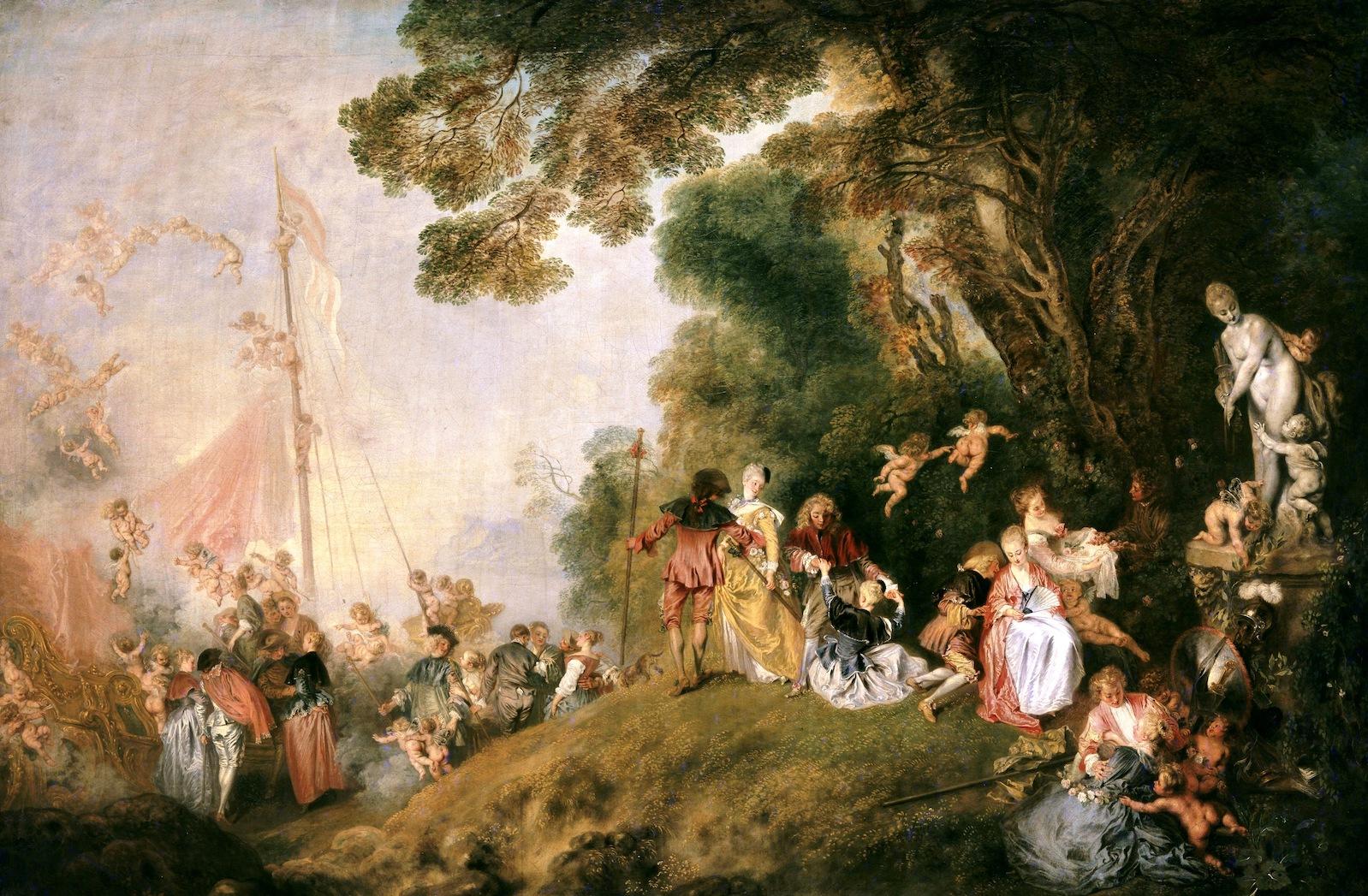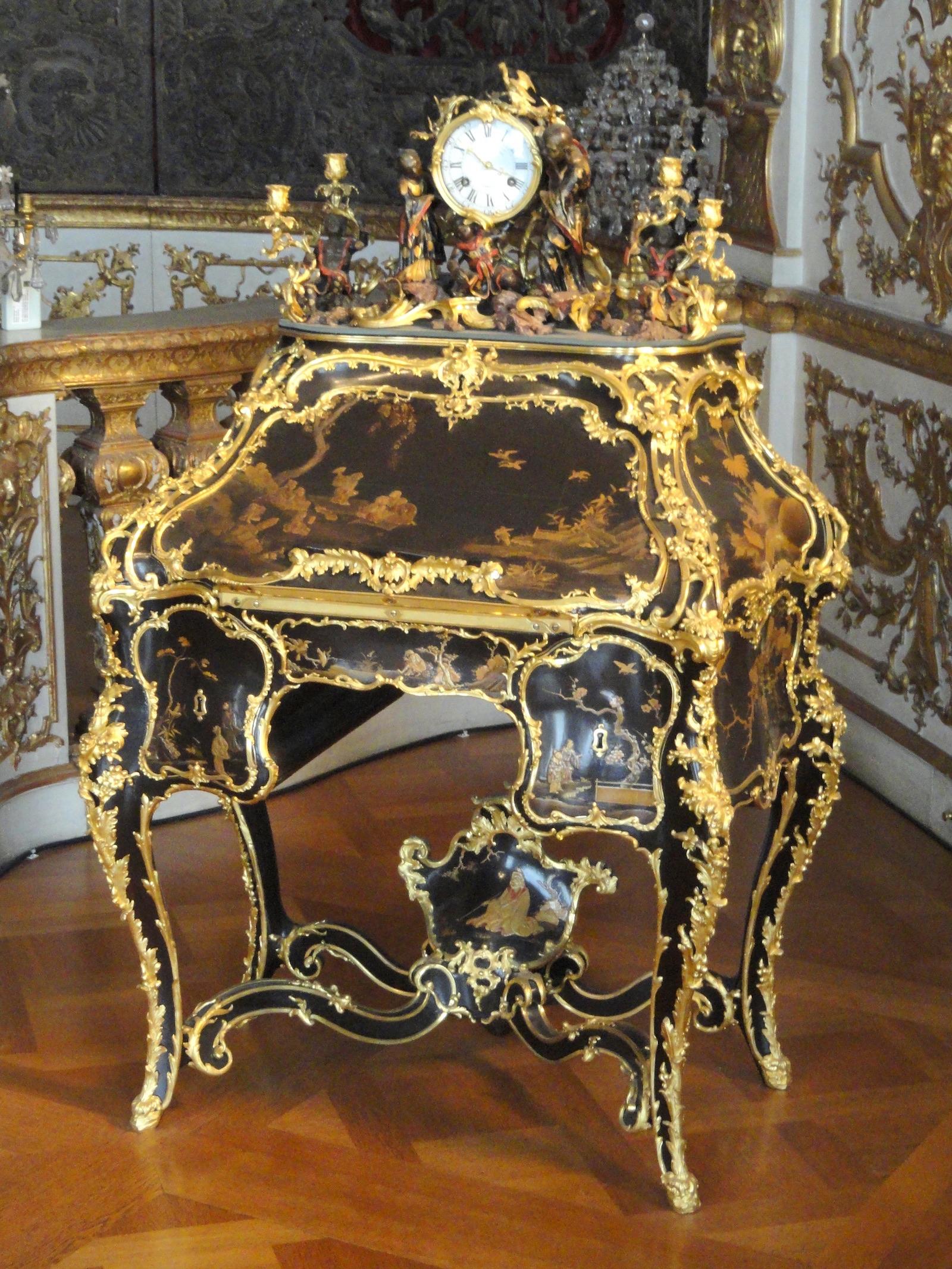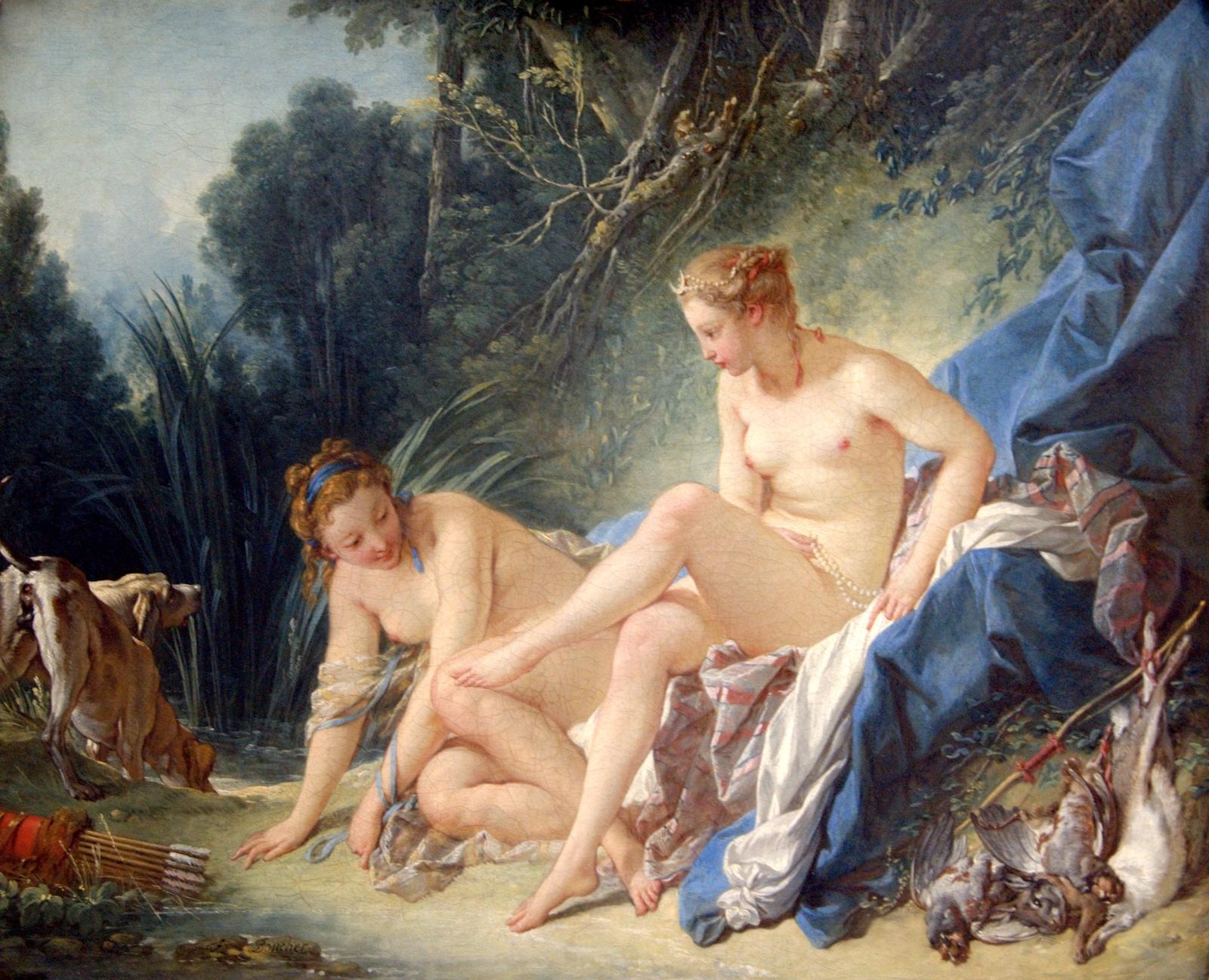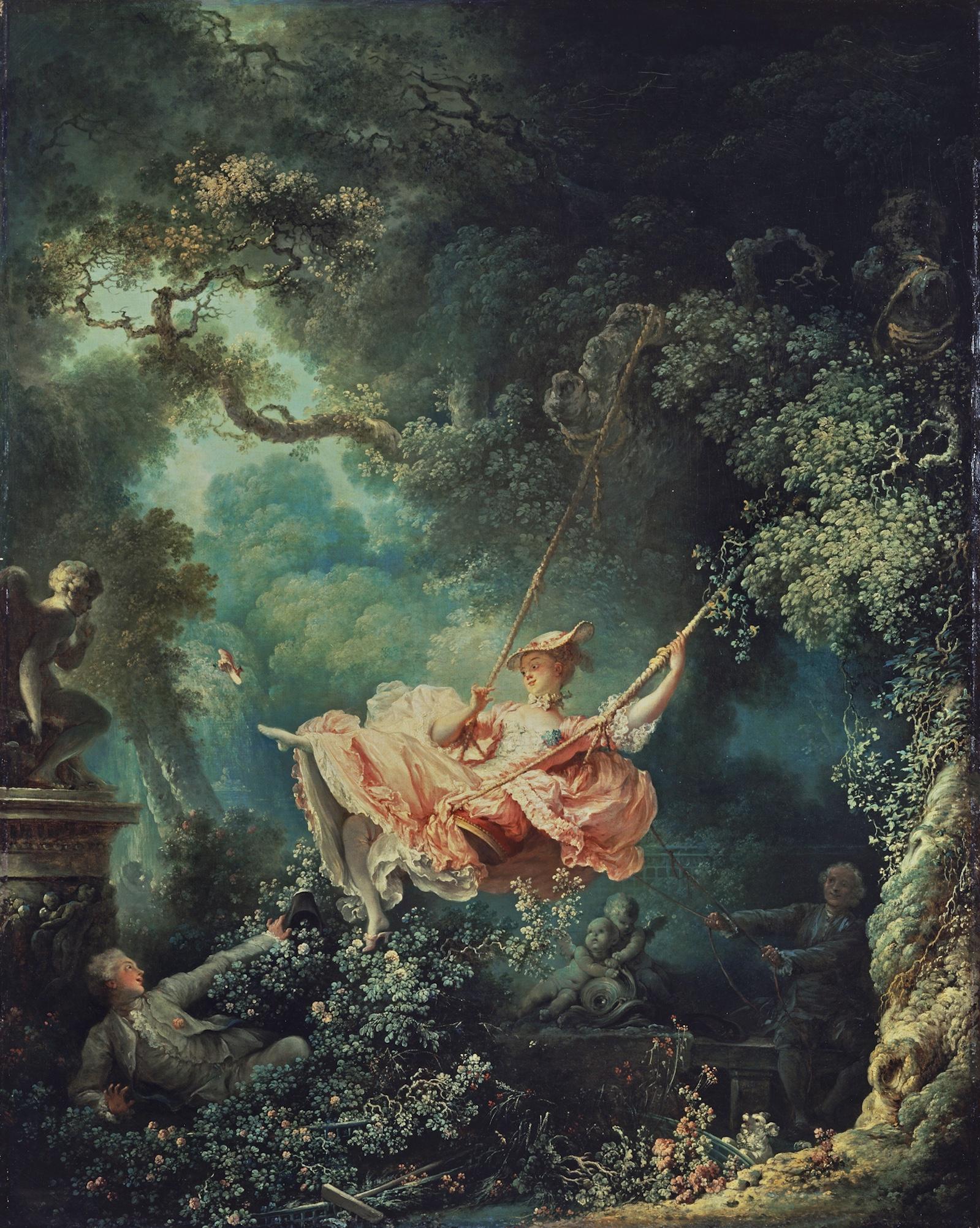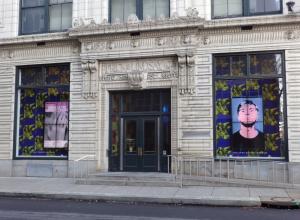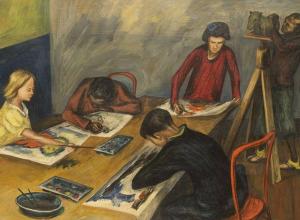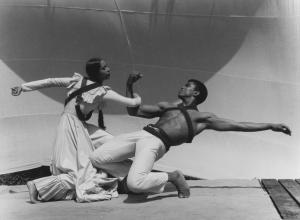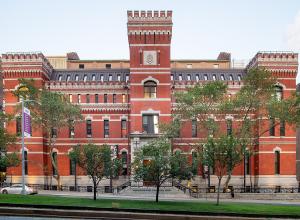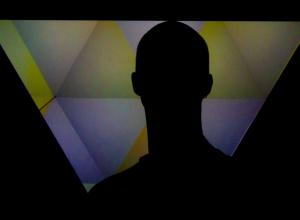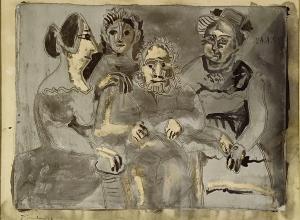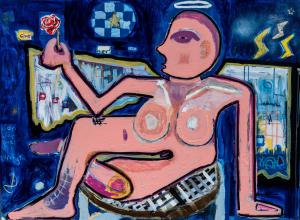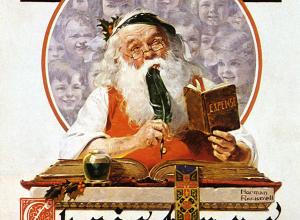After the death of King Louis the XIV, or the Sun King, the style dominated France. A reaction against the more codified, political nature of the previous court’s art, the new style quickly spread from elite circles to the bourgeoisie adjacents. Before long, it was also popular throughout Europe.
The word Rococo comes from a play on the term rocaille, an Italian Renaissance method of decoration. This style involved the application of pebbles, shells, and other natural objects via cement to outdoor leisure spaces such as grottos and fountains.




